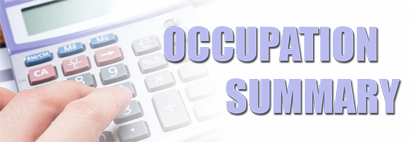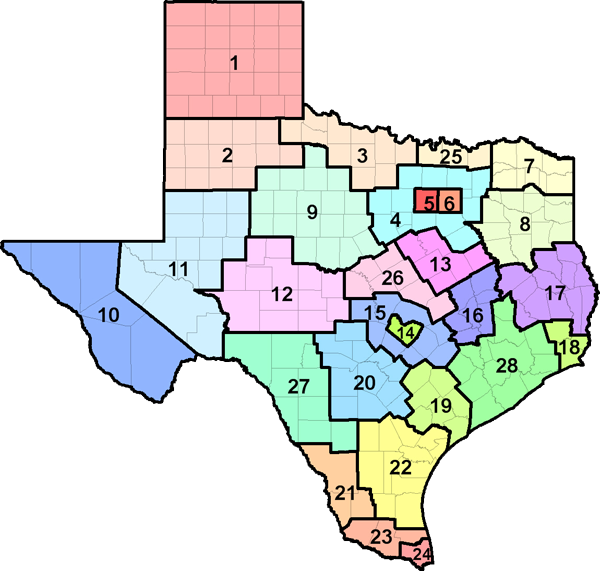The U.S. Department of Labor has developed an automated occupational information database, O*NET, that identifies and describes work content, work skills, and training requirements for all jobs across the country in all sectors of the economy. Much of the occupational information contained in this report is derived directly from the O*NET database, and supplemented with information from the Bureau of Labor Statistics, Census Bureau, and Labor Market and Career Information.

| Industry | % of Painters, Construction and Maintenance employed | Annual Growth Rate |
|---|---|---|
| Building finishing contractors | 39 | 0.17 |
| Residential building construction | 4 | 0.07 |
| 2024 Statewide average hourly wage | $21.16 |
| 2024 National average hourly wage | $25.82 |
| 2022 National employment | 372,400 |
| 2022 Texas employment | 27,135 |
| Texas projected employment by 2032 | 29,563 |
| Texas projected annual employment and Turnover openings through 2032 | 2,416 |

| Region | Employment | Projected Employment 2032 | Projected Annual Openings 2032 |
Annual Growth Rate |
Average Income |
|---|---|---|---|---|---|
| Texas (all regions) | 27,135 | 29,563 | 2,416 | 0.86% | $44,019.00 |
| Top 10 Relevant Knowledge Areas | Relevant Importance Levels |
|---|---|
| Public Safety and Security Knowledge of relevant equipment, policies, procedures, and strategies to promote effective local, state, or national security operations for the protection of people, data, property, and institutions. |
|
| Administration and Management Knowledge of business and management principles involved in strategic planning, resource allocation, human resources modeling, leadership technique, production methods, and coordination of people and resources. |
|
| English Language Knowledge of the structure and content of the English language including the meaning and spelling of words, rules of composition, and grammar. |
|
| Customer and Personal Service Knowledge of principles and processes for providing customer and personal services. This includes customer needs assessment, meeting quality standards for services, and evaluation of customer satisfaction. |
|
| Building and Construction Knowledge of materials, methods, and the tools involved in the construction or repair of houses, buildings, or other structures such as highways and roads. |
|
| Education and Training Knowledge of principles and methods for curriculum and training design, teaching and instruction for individuals and groups, and the measurement of training effects. |
|
| Administrative Knowledge of administrative and office procedures and systems such as word processing, managing files and records, stenography and transcription, designing forms, and workplace terminology. |
|
| Transportation Knowledge of principles and methods for moving people or goods by air, rail, sea, or road, including the relative costs and benefits. |
|
| Law and Government Knowledge of laws, legal codes, court procedures, precedents, government regulations, executive orders, agency rules, and the democratic political process. |
|
| Mechanical Knowledge of machines and tools, including their designs, uses, repair, and maintenance. |
| Top 10 Relevant Skill Areas | Relevant Importance Levels |
|---|---|
| Active Listening Giving full attention to what other people are saying, taking time to understand the points being made, asking questions as appropriate, and not interrupting at inappropriate times. |
|
| Critical Thinking Using logic and reasoning to identify the strengths and weaknesses of alternative solutions, conclusions, or approaches to problems. |
|
| Social Perceptiveness Being aware of others' reactions and understanding why they react as they do. |
|
| Time Management Managing one's own time and the time of others. |
|
| Judgment and Decision Making Considering the relative costs and benefits of potential actions to choose the most appropriate one. |
|
| Coordination Adjusting actions in relation to others' actions. |
|
| Reading Comprehension Understanding written sentences and paragraphs in work-related documents. |
|
| Monitoring Monitoring/Assessing performance of yourself, other individuals, or organizations to make improvements or take corrective action. |
|
| Speaking Talking to others to convey information effectively. |
|
| Service Orientation Actively looking for ways to help people. |
| Top 10 Relevant Abilities | Relevant Importance Levels |
|---|---|
| Arm-Hand Steadiness The ability to keep your hand and arm steady while moving your arm or while holding your arm and hand in one position. |
|
| Trunk Strength The ability to use your abdominal and lower back muscles to support part of the body repeatedly or continuously over time without "giving out" or fatiguing. |
|
| Extent Flexibility The ability to bend, stretch, twist, or reach with your body, arms, and/or legs. |
|
| Gross Body Equilibrium The ability to keep or regain your body balance or stay upright when in an unstable position. |
|
| Near Vision The ability to see details at close range (within a few feet of the observer). |
|
| Visual Color Discrimination The ability to match or detect differences between colors, including shades of color and brightness. |
|
| Manual Dexterity The ability to quickly move your hand, your hand together with your arm, or your two hands to grasp, manipulate, or assemble objects. |
|
| Oral Comprehension The ability to listen to and understand information and ideas presented through spoken words and sentences. |
|
| Written Comprehension The ability to read and understand information and ideas presented in writing. |
|
| Oral Expression The ability to communicate information and ideas in speaking so others will understand. |